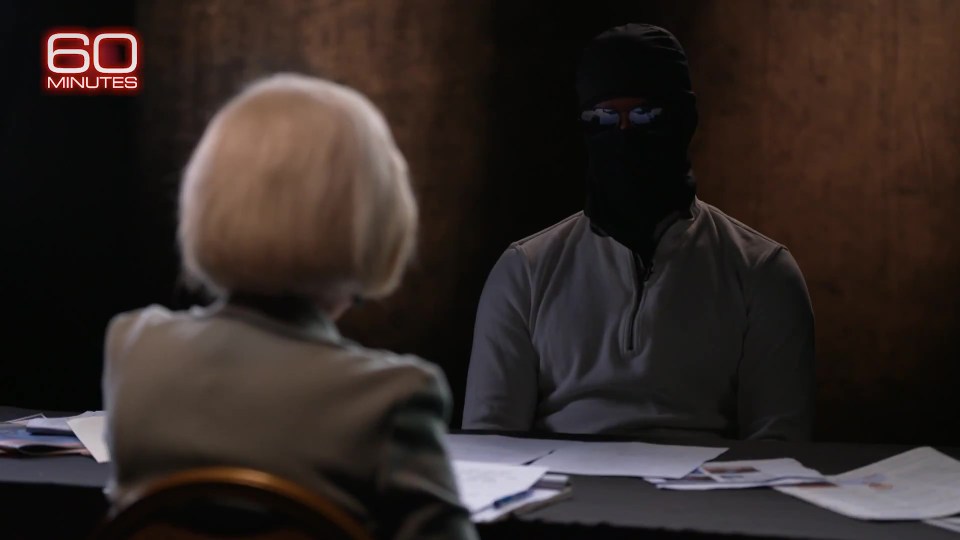Healthy Lifestyle No Shield: Kentucky Woman’s Home Radon Levels Lead to Lung Cancer
Chasity Harney, a Kentucky native, adopted a completely healthy lifestyle that included eating well, exercising regularly, and never using tobacco. So her 2018 diagnosis of advanced lung cancer, at the age of 40, came as a major shock to both her and her family.
“When I was diagnosed with lung cancer, I didn’t smoke,” says Harney. “So there had to be something else out there.” A simple test indicated the most likely cause of her cancer, but it was conducted on her home rather than her body.
Harney’s house contained twice the allowable level of radon, a naturally occurring radioactive gas that the US Environmental Protection Agency claims is the primary cause of lung cancer in nonsmokers.
Unfortunately, a startling percentage of Americans are leaving themselves vulnerable to radon, according to a new Ohio State University study of 1,006 participants performed between February 2-4.
What Did the Survey Reveal?
According to the research, three out of every four Americans (75%) have never had their homes tested for radon, and more than half (55%) are unconcerned about radon exposure.
“Radon is something we can do about and is a known cause of a horrible disease, lung cancer,” said Dr. David Carbone, director of the Thoracic Oncology Center at Ohio State University Comprehensive Cancer Center.
Radon is a colorless, odorless gas released by the decomposition of radioactive substances in the soil beneath people’s dwellings. The gas seeps up through building foundations, accumulating in basements and throughout dwellings.
“This is more of a problem with modern homes because they tend to be more and more sealed up inside and weather-tight, and the radon just doesn’t have anywhere to go,” said Carbone. “It goes into the house and it just builds up there.”
Harney recounts that she and her husband did not want to spend the extra money required to test for radon in the house they were buying. “That was a choice on the home inspection, for your home to be checked for radon, and that cost money,” Harney went on to say. “When buying a property, you don’t want to spend that much money. So we didn’t check it.”
According to studies, persons who have never smoked account for 15% to 20% of lung cancer cases, with many in their 40s and 50s. Carbone explained that the effects of radon on the lungs are cumulative and can last for decades.
“So your children playing in your basement or going to school today, exposed to unknown levels of radon, could be at risk for developing lung cancer 10, 20, 30 years from now,” Carbone stated in a press release issued by the university. “And because the gas is totally colorless and odorless, you would have no idea you were being exposed unless you knew the importance of proactively testing.”
According to Carbone, radon testing is simple, and once detected, radon can be easily removed from a home.
“The typical remediation consists of drilling a small hole in the foundation of your house and installing a pipe that sucks the air out from under your house and blows it outside,” says Carbone. “Rather than having it percolate up into your house, the radon gaskets send it outside your house.”
Carbone expressed strong support for future legislation requiring radon testing during home sales, as well as in schools and workplaces. Harney is still alive after six weeks of chemotherapy, 30 rounds of radiation therapy, targeted medication therapy, and surgery to remove sections of her left lung.
Harney encourages all residents to have their homes tested for radon and, if necessary, to have radon treatment done. “Don’t think that this isn’t going to happen to you because I never dreamed I would get lung cancer and I’m here,” she added. “I’m living with it and there’s so many others just like me.”











